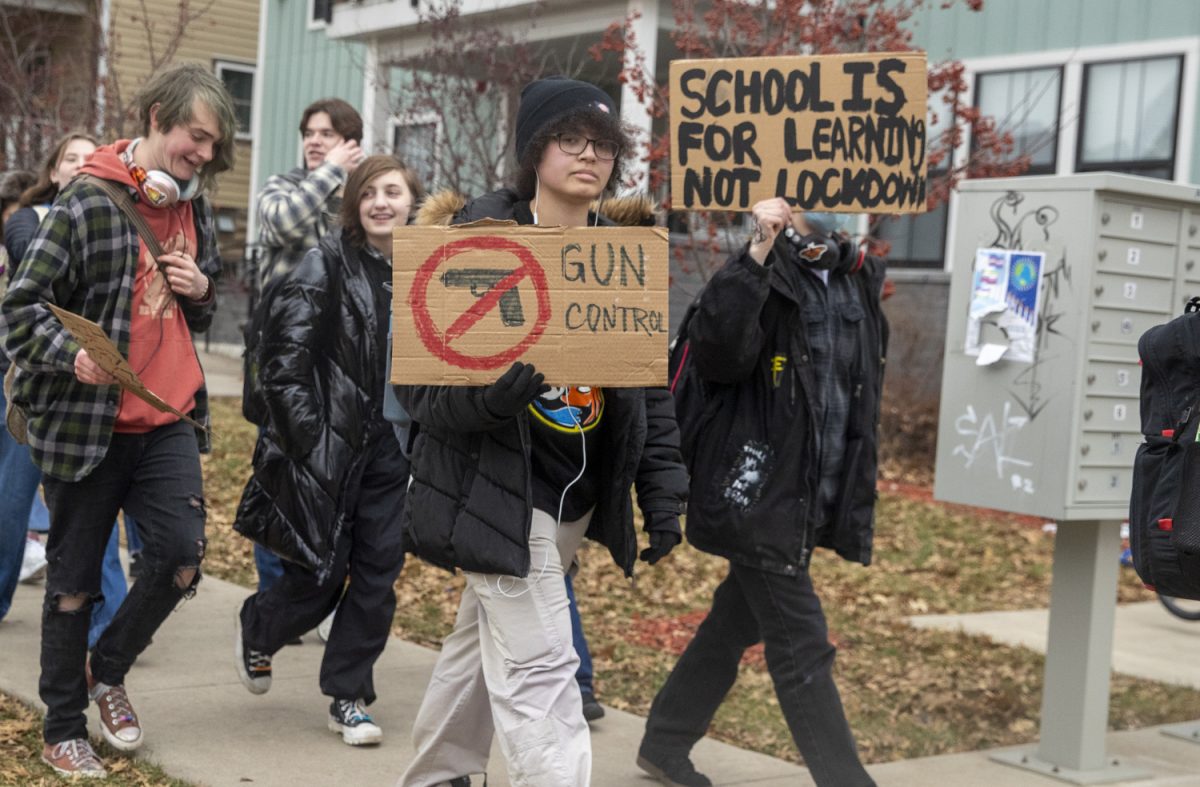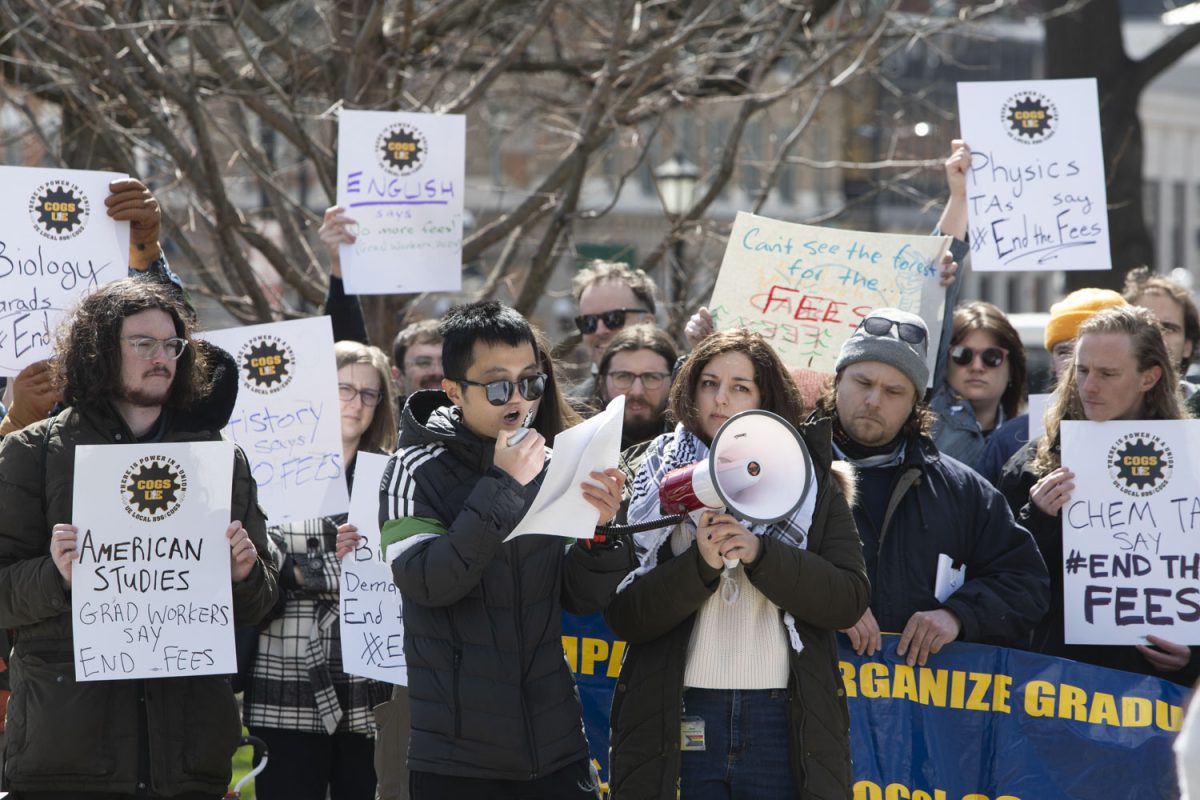As a countrywide fear of the U.S. shying away from combating climate change grows in the shadows of a Trump presidency, others seem to be picking up the slack. Bill Gates, among other philanthropist-billionaires, has committed a $1 billion fund to invest in transformative and renewable energy research and development. The Daily Iowan Editorial Board believes Iowa City should take the initiative to go further than national goals to reduce carbon emissions.
Last week, the DI published an article with the headline “City takes stance on greenhouse gases” that outlined the unanimously approved Iowa City City Council proposal to lower greenhouse-gas emissions by 25 to 28 percent by 2025 — a goal that puts Iowa City directly in line with the overall U.S. commitments stemming from the Paris Climate Agreement.
According to Columbia University, one of the many environment- and climate-related commitments made by the United States was to lower greenhouse-gas emissions across the country by 26 percent to 28 percent below 2005 levels by 2025. While this pledge is finally a step in the right direction, it is not nearly enough, and with Iowa City planning to follow the U.S. goals, neither is the commitment by our City Council.
No discussion about climate-change legislation can occur without first admitting that any difference or commitment to improvement cannot be ignored. It is easy to say that these vows are too small when ignoring the economic impact of making them significantly larger, but the inconvenient — so to speak — truth of the matter is that climate change is an externality previous generations did not account for, and the time to pay up has finally arrived.
As the United States grew throughout the Industrial Revolution, it produced the greatest externality the world has ever seen: climate change. With cheap energy came cheap production and cheap growth, but America (and the world) is finally paying the price for this. We are all living in an externality and a commitment to reduce only 25 to 28 percent simply does not cut it, especially when both the state of Iowa and the University of Iowa have made such major strides to improve the environmental welfare of this area and this state.
In UI President Sally Mason’s 2008 Earth Day speech, she outlined the forthcoming UI commitment to sustainability and set this institution on a path to legitimate effect with seven achievable, but lofty, goals. According to the 2010-15 progress report, the UI is ahead of schedule. And President Bruce Harreld has done an excellent job in picking up this mantle, referring to sustainability as “the most important issue of the 21st century.”
As the 2010-15 progress report outlines, UI has, among other things, achieved 14.4 percent renewable energy use (of an overall 40 percent goal), achieved 42 percent waste diversion (of a 60 percent goal), exceeded the goals for carbon dioxide emissions decreases from transportation, and achieved an impressive community impact among students and faculty.
According to the American Wind Energy Association, Iowa has the second highest wind-energy capacity of any state in the U.S. (behind only Texas). MidAmerican’s plan for a massive wind farm called “Wind XI” will bring the state’s energy grid to 85 percent renewable and puts the state very close to the goal of a 100 percent renewable grid.
Other cities in Iowa have also made larger commitments. Dubuque, for example, in 2013 set a goal of 50 percent greenhouse-gas emissions cuts by 2030. The goal is different, the city is different, the timeline is different, but the point is still valid: Iowa City can do better.
If we continue to push the responsibility of saving our planet onto the next generation, then we are no better than the generation that came before us.









